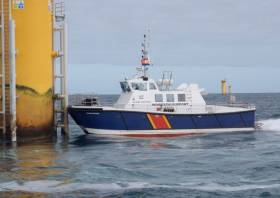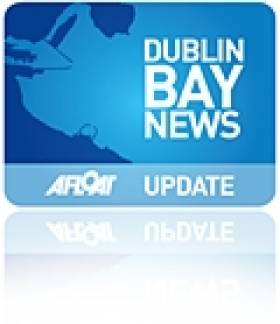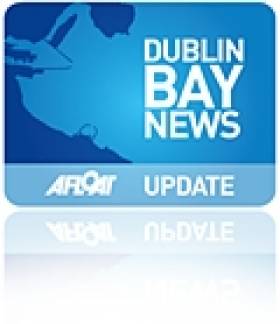Displaying items by tag: Dublin Array
A series of ecological surveys will take place in the Irish Sea off the Dublin and Wicklow coast between now and May next year to provide data on seabirds and marine mammal species to inform the development of the Dublin Array Wind Farm.
The survey dates are weather dependent but will comprise a survey in each calendar month until May 2020, commencing tomorrow (Monday 24 June), with additional monthly surveys this August and September.
The location of the surveys will be off the Dublin and Wicklow coast in the vicinity of the Kish and Bray Banks. Surveys will be undertaken in daylight hours and each will usually be completed over a period of two days.
For the initial survey, the work vessel will not be towing survey equipment. During subsequent surveys the vessels may be towing a hydrophone up to 100m astern and will be restricted in their ability to manoeuvre. Vessels are requested to leave a wide berth.
Details of co-ordinates of the survey areas, and relevant work vessels, are included in Marine Notice No 18 of 2019, a PDF of which is available to read or download HERE.
#DublinArray - A model of the proposed Dublin Array wind farm for Dublin Bay will not now go on display at Dun Laoghaire Public Library as reported yesterday.
Cllr Fitzpatrick has tweeted Afloat.ie this morning to say: 'A model of the Dublin Array proposal will NOT be on display in Dún Laoghaire library tomorrow.Apologies'
Submissions from the public on the proposals will be accepted before Saturday 1 June.
As previously reported on Afloat.ie, the Dublin Array scheme would comprise 145 turbines standing 160m high, situated some 10km from the coast on the Bray and Kish Banks in Dublin Bay.
Dublin Array Developer Applies for Foreshore Lease
A foreshore lease application has been lodged for a series of offshore wind farms in Dublin Bay.
The Dublin Array, to be situated on the Bray and Kish Banks some 10km from the coast, would consist of 145 turbines, each 160m high, operated by Saorgus Energy Ltd.
The project has been criticised by the Coastal Concern Alliance due to its approval in contravention of an EU directive that requires a strategic environmental assessment.
Further details are available at www.saorgus.com and www.coastalconcern.ie.































































